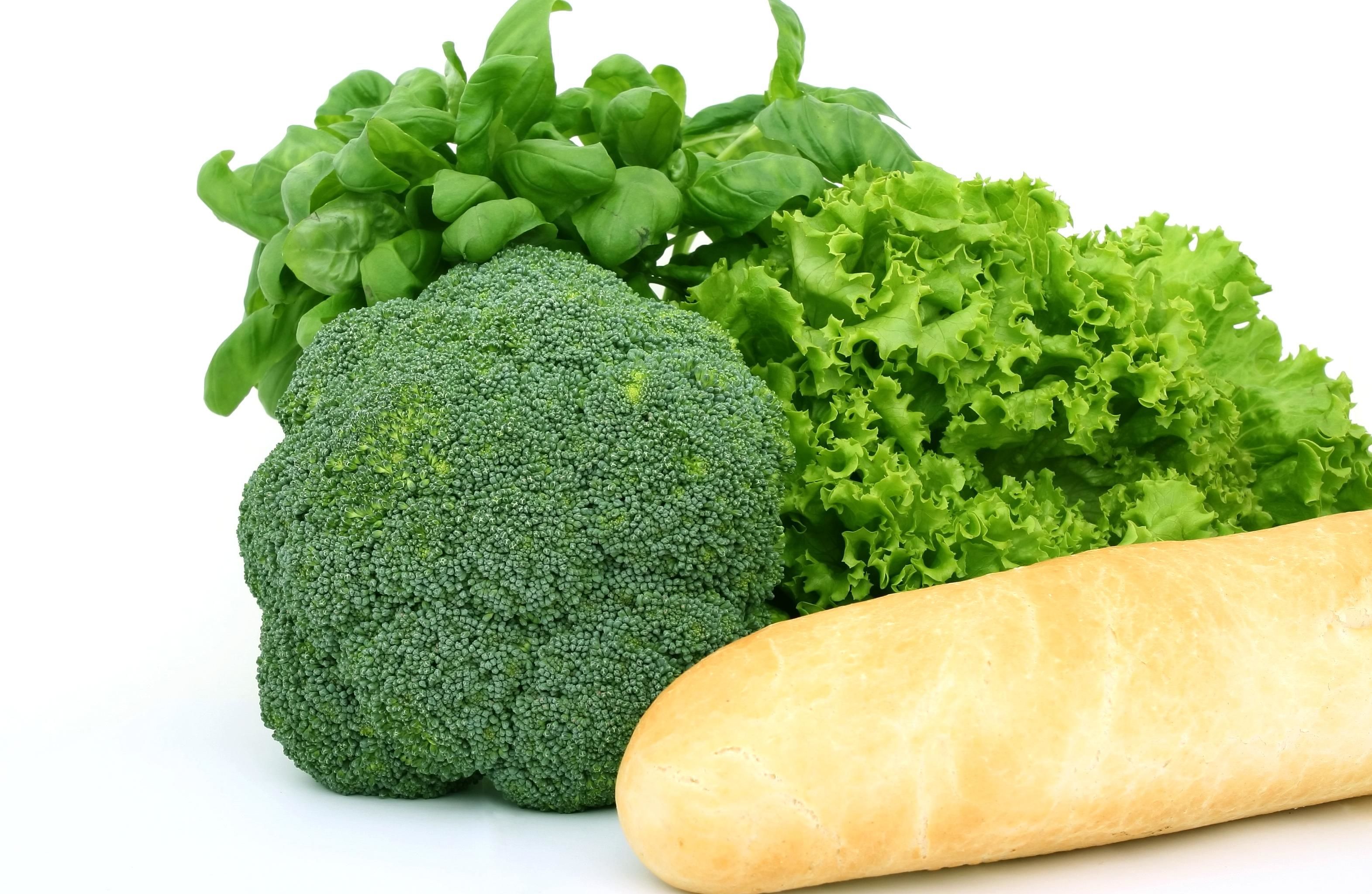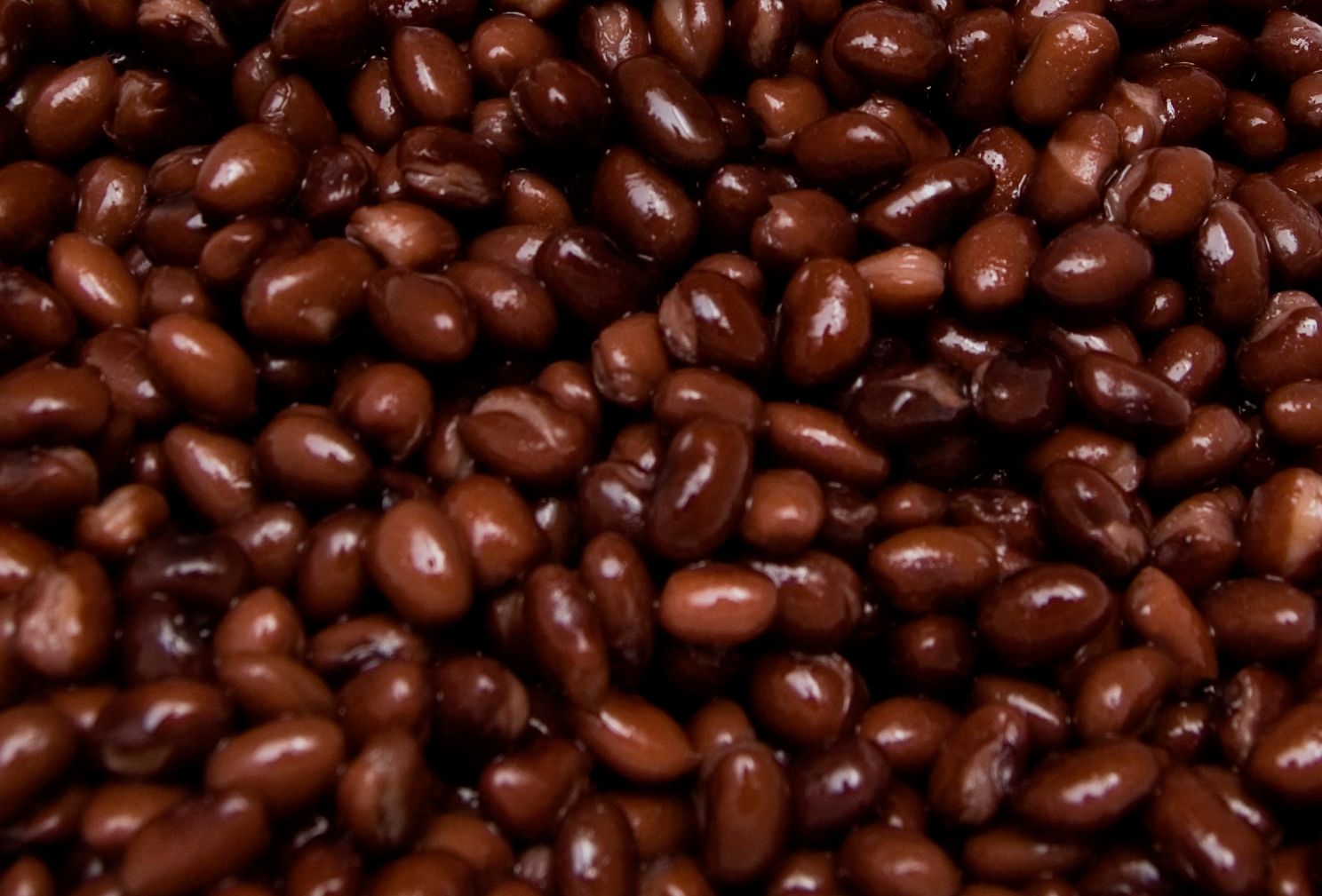
The Real Score Between Brown Rice and White Rice: A Nutrition Face-Off
- May 19, 2024
Rice. It's a staple, a comfort food, and for some, a mathematical conundrum (one grain equals how many calories again?). But the big question remains: should you opt for the tanned, muscly brown rice, or fall for the tempting allure of the polished white rice?
Here's the deal: Brown rice is like the overachiever of the rice universe. It's a whole grain, which means it struts around with its bran, germ, and endosperm intact. This makes it more nutritious than its white counterpart, containing more magnesium, potassium, and manganese - nutrients that aren't just good for trivia night, but also for blood pressure regulation, energy balance, heart rhythm regularity, and antioxidant defenses, says Michelle Routhenstein, a preventive cardiology dietitian based out of New York City. Plus, it has more niacin, phosphorus, B1, B6, and most importantly, fiber, which is like a secret weapon against weight gain and high cholesterol.
But before we crown brown rice the undeniable champion, it's no secret that it contains arsenic, a carcinogenic and mutagenic substance, roughly 1.5 times more than what's in white rice. If it freaks you out, don't lose your cool. Regular intake of brown rice isn't massively linked to arsenic toxicity or overall health problems. Rinsing rice before cooking and limiting consumption to a maximum of four times a week can reduce exposure.
White rice, on the other hand, after being stripped off of the germ and bran, basically becomes a suspense thriller with empty calories. It does add a small amount of B vitamins and iron when labeled as "enriched", but of course, it can't catch up with brown rice's nutritional value. Also, it's considered a high glycemic food, resulting in a sudden surge of energy that disappears faster than your trust in fad diets. This spike-dip party can increase the risk of developing insulin resistance.
So who's the victor in this rice face-off? Well, it's brown rice with its added nutritional value and healthier effect on blood sugar levels. But don't underestimate white rice; it can still fit into your diet especially if it's part of your cultural meals or if you have stomach sensitivities. Just remember, for better blood sugar management, pair it with protein and fiber-rich foods.
Our suggestion? Keep rice as part of a balanced meal. Brown rice can be a great addition to your salads, stir-fries, soups, and stews - it adds a nuttier flavor and chewier texture. But remember, whether it's brown or white, rice is still a carbohydrate. Having too much of it could send your blood sugar levels soaring faster than a CrossFit enthusiast's heart rate.






